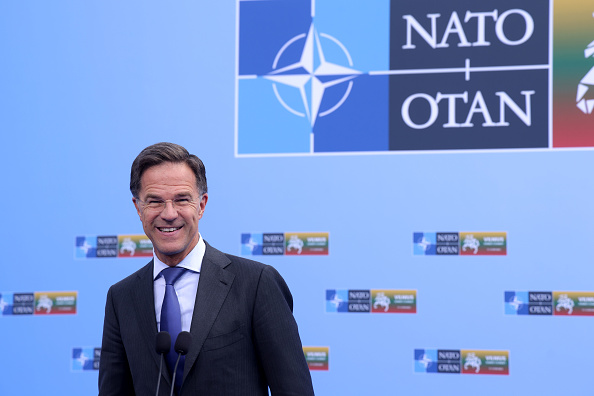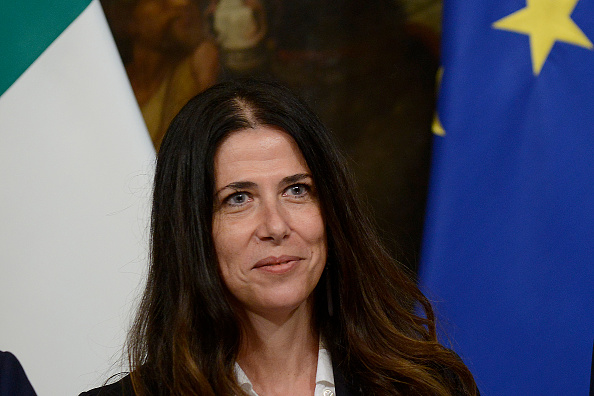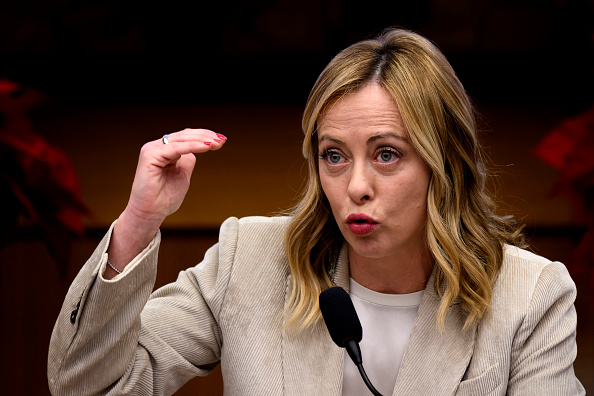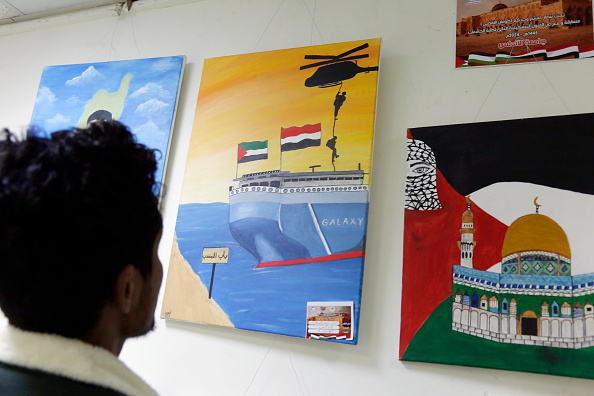With a number of European Union Member States attempting – but generally struggling – to revive the idea of military conscription recently, Denmark’s Prime Minister Mette Frederiksen announced her Government would begin drafting women alongside men to its armed forces.
Speaking to reporters March 13, Frederiksen also announced the conscription period would rise from four to 11 months, along with plans to boost defence spending by 40 billion Danish krone (€3.5 billion) over the next five years. The changes in conscription apply from 2026.
Danish technology specialist Palle Mathiasen said: “The background is a drastically changed security situation in Europe – and uncertainty about US commitment to NATO’s Article 5 if Donald Trump becomes president.” Article 5 enshrines the concept that an attack on one member of the Alliance is an attack on all.
As a result of Russia’s war in Ukraine, conscription has become a pressing issue for many European governments.
German defence minister Boris Pistorius, who has previously said it was a “mistake” for his country to stop conscription in 2011, visited Scandinavian countries earlier this year.
He admitted he was searching for a potential blueprint for possibly reintroducing State-sanctioned call-up to the armed forces in Germany, although any such move would require sufficiently broad political backing.
Within NATO, only Denmark, Estonia, Greece and new member Finland have retained mandatory military service, although Latvia reintroduced it in January.
Sweden has also reinstated a limited element of conscription, with 5,000 young people now doing national service annually, a number the country plans to double by 2030.
Other EU countries increasingly look to Scandinavian conscription as a potential model.
In in a February poll in the Netherlands, about half the country, particularly those over 50, supported bringing back conscription.
Former Dutch foreign minister Wopke Hoekstra also supported the idea before he left national politics in October 2023 to become a European Commissioner.
Elsewhere, in Italy, Deputy Prime Minister and Lega party leader Matteo Salvini – also a coalition partner of Prime Minister Giorgia Meloni – is vocal about the reintroduction of the draft there.
Salvini raises the subject “at least once a year, and any motivation is good”, according to Italian journalist Stefano Baldolini.
Still, it is Denmark that has made the first move in greatly expanding nationwide mandatory military service.
Although ramping up conscription is often associated with right-wing sentiments, Frederiksen, who has been discussed as a possible next NATO secretary-general, is a member of the country’s centre-left Social Democrats.
Even as European politics appears to shift to the Right, Frederiksen has maintained her public popularity with hawkish stances on foreign policy and a hard-line approach to immigration.
Conscription is chiefly useful, say defence experts, in creating a large body of trained reservists that a country can draw on in times of armed conflict.
Finland, for instance, has an active-duty military of 19,250 individuals. But it can draw on a bank of 238,000 reservists who have served time in uniform and still train regularly.
Two conscription cycles annually in Finland bring in 9,000 recruits, while 18,000 reservists receive further training each year, although it can be up to five years between training periods.
Countries without conscription currently, such as the UK, maintain all-volunteer reserves but often struggle to attract the numbers they would like to see.
Another example is Italy, with an active military of 161,000 but a tiny reserve force of only 17,900, according to the International Institute for Strategic Studies (IISS).
Likewise, Germany has 183,000 regular troops but a reserve of only a little more than 30,000.
Training also varies broadly; in the UK and Poland, reservists train frequently, generally one weekend each month and a fortnight each year.
Neither Germany or Italy regularly call-up their reservists for training or field exercises, according to Franz-Stefan Gady of the IISS.
The Nordic model of universal military service offers a pathway to a much larger bank of fighting forces – handy for a European Union that may increasingly need to defend itself against Russian aggression.
At the same time, the regular training of such new conscripts and reservists would mean a huge organisational overhaul of European forces’ current structure.
To accommodate conscripts means developing a source of effective new instructors and setting up the screening, processing and training facilities that would be required.
All of that and more, Gady points out, would eat up swathes of cash, not to mention the vast costs of implementing new technologies and weapons systems as they arise.





